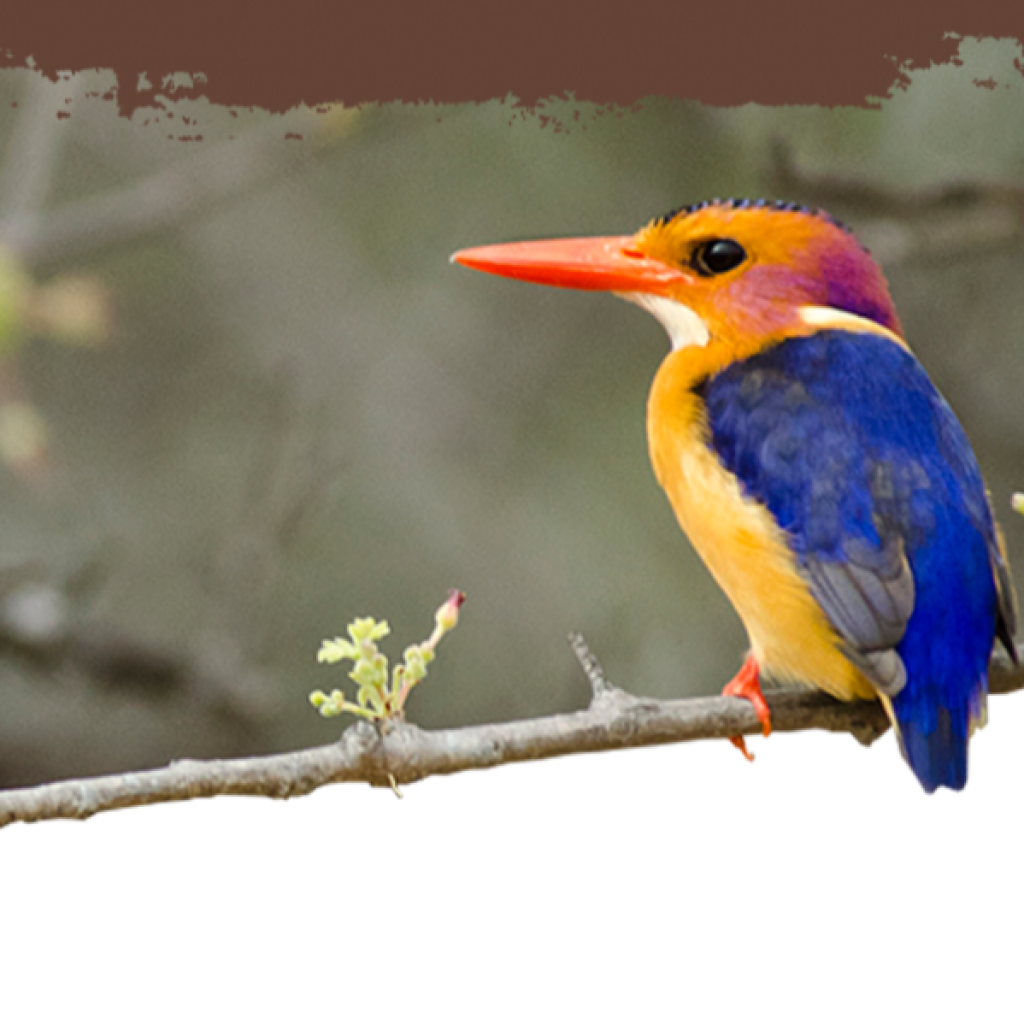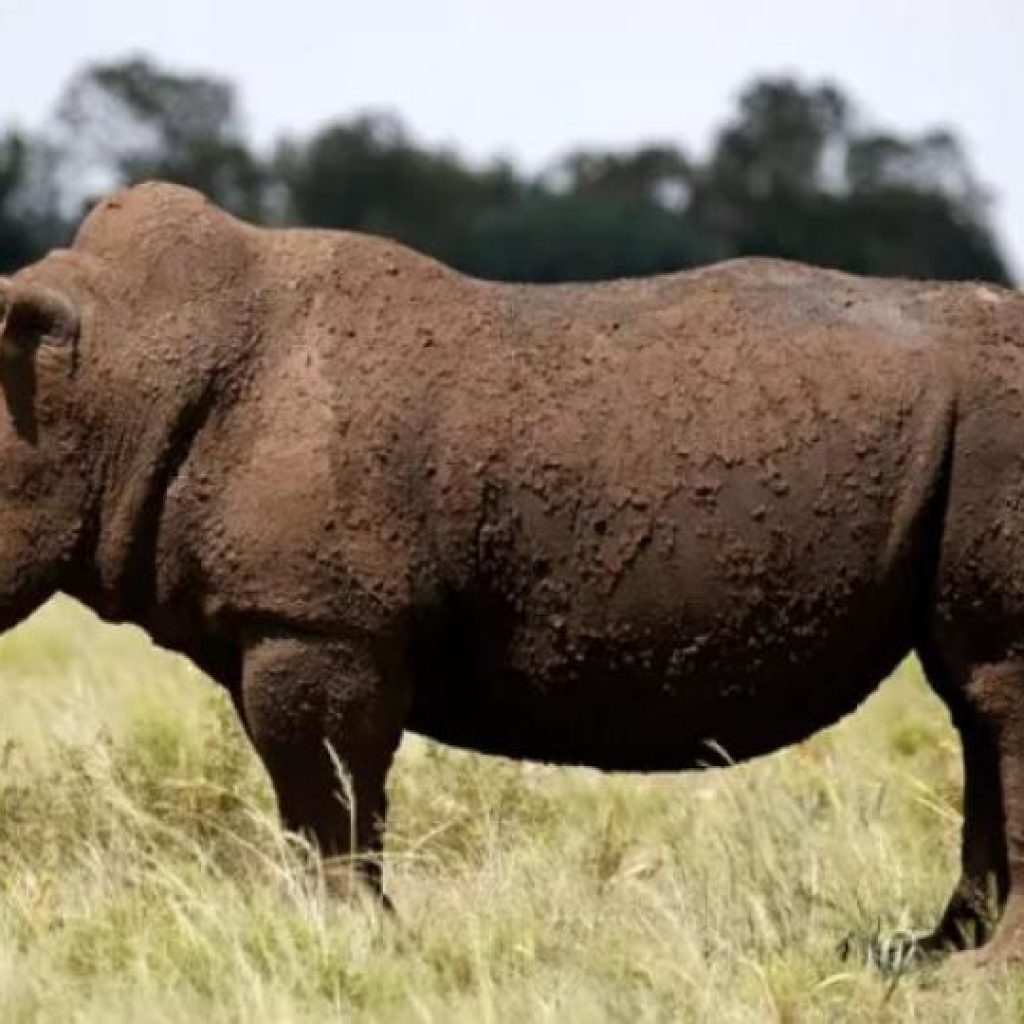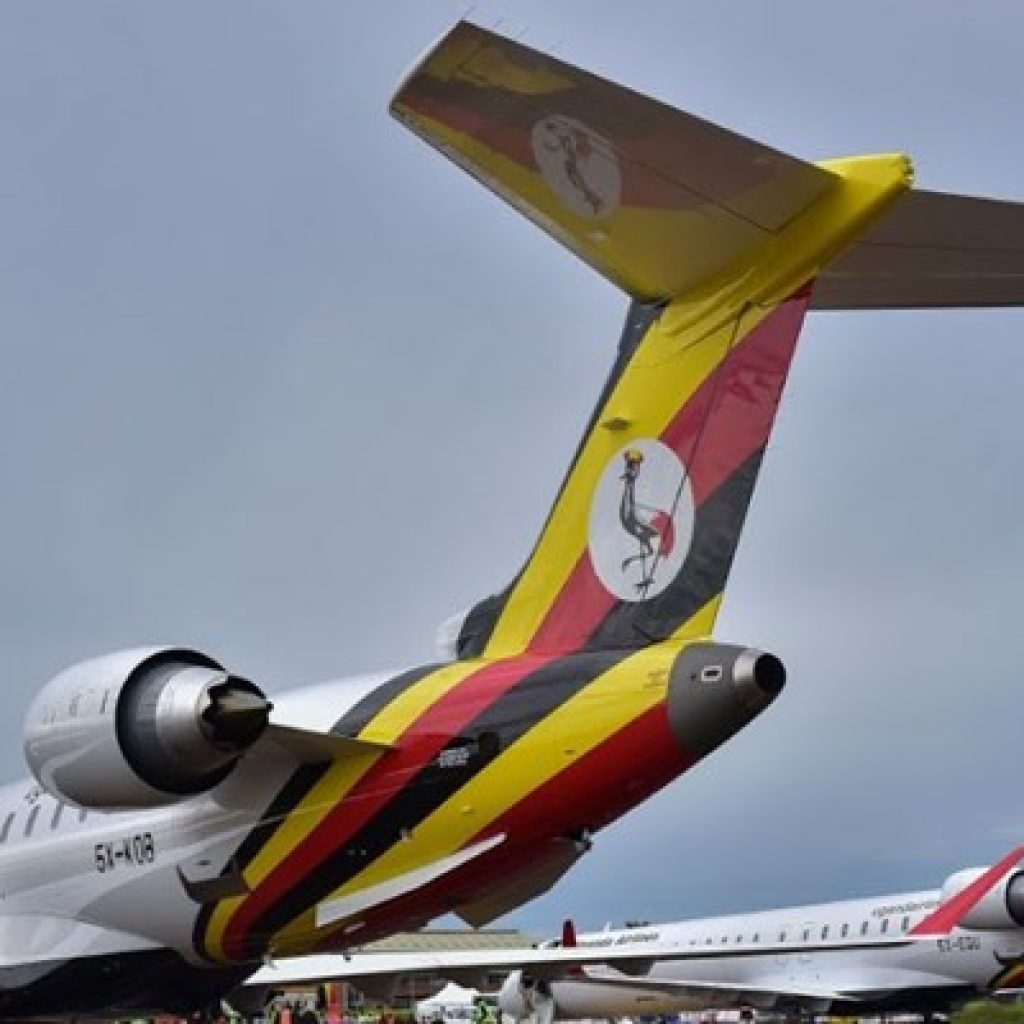
Birding in recent years has become very popular with more and more people travelling to birding hotspots around the globe to observe these feathered splendors.
Becoming a birder is not only about birds… it’s about having a deeper appreciation for nature and the environment in which they dwell. Many novice and experienced birders also find it a great way to simply reconnect with nature.
All of EcoTraining’s birding courses dates are carefully selected for an optimal experience. With the coming of each season, along with it brings different experiences. Here are the top 5 reasons why you should do EcoTraining’s 7-day ‘Birding in the Bush Course in February:
Situated between the Limpopo and the Luvuvhu Rivers in the northern section of the Kruger National Park is the Pafuri region, an area spanning 24 000ha. Within the Pafuri area is the Makuleke Concession, the most biodiverse and attractive area in the Kruger National Park. It is well-known that this concession encompasses only 1% of the entire Kruger Park but holds 75% of all the Kruger’s biodiversity. If this doesn’t excite you, it is also an exciting birding hotspot with a high concentration and variety of birds.
- The rainfall patterns are highly significant from a birding perspective in that the year is clearly divided into wet and dry seasons. Birds breed when food supplies are most assured. The majority of plants – except for those associated with permanent water sources – are deciduous. This means the greatest amount of food is available in summer, which is when most residents breed. The opposite is true for the major raptors whose food supplies are most assured in winter.
- The area around our Makuleke camp will have a threefold increase in insects during the hot, humid period between spring and the first major summer rains. This usually occurs in October, which sees the start of the breeding cycle of smaller insectivores such as the tits, brubrus, batis’s and cameropteras. Once the first rains have fallen there is a veritable explosion in the insect population – insect numbers increase by 3000% within a month! This triggers intense breeding activity of those birds that feed insects to their young. These include non-passerines such as the rollers, kestrels, Secretary bird, swallows, hornbills, kingfishers, bee-eaters, starlings, shrikes, pipits, babblers, drongos, flycatchers, oxpeckers, and passerines such as sparrows and weavers. The high level of insect nutrition lasts until the end of the rainy season.
- The wet season also sees many of Kruger’s trees bearing fruit, which provides ample nourishment for breeding for fruit-dependent species such as turacos, African Green-Pigeon, Trumpeter Hornbill and barbets.
- February is considered a prime birding time as all the migrants are settled, the breeding birds are in full plumage and fledgelings are beginning to mature; food is abundant, with sunbirds particularly prolific in flowering trees; reedbeds are alive with noisy bishops, widow-birds and weavers; raptors are particularly active.
- For those botanists among us, plants are at their most nutritious; vegetation dense and colorful with many summer flowers still in bloom; grasses are easiest to identify because they are all in seed.

Secretary bird (c) Amanda Hattingh
As February approaches, we want to remind you of last years’ experience on the Birding course. Pafuri will always surprise you when it comes to birdlife. Every year we see unusual bird species. White-throated Bee-eaters were seen at the Luvuvhu Bridge; they are notoriously difficult to see but participants were lucky to see them. This was a big tick for the Pafuri area. Olive Tree Warbler’s have again proved to be a common summer visitor in the Pafuri region unlike in past when it was regarded as a scarce summer visitor.
Towards the end of February beginning of March, we had some good rains in Pafuri and that resulted in lots of flying termites. We saw a lot of White Storks having a feast on the termites as well as the lesser spotted Eagle that came in large numbers to join the feast. Once again, the Pel’s Fishing Owl proved to be a fairly common resident at Pafuri, and make sure not to miss the Abdim’s Storks.
If you have a few more of these birds to tick on your birding list, be sure to sign up for the upcoming 7-day Birding in the Bush course at the Makuleke Concession, Kruger National Park from 4-10 February 2019. Email enquiries@ecotraining.co.za to book your spot on this course. Click here for more information about the Birding in the Bush course.






About The Author: Jenna Farber
More posts by Jenna Farber